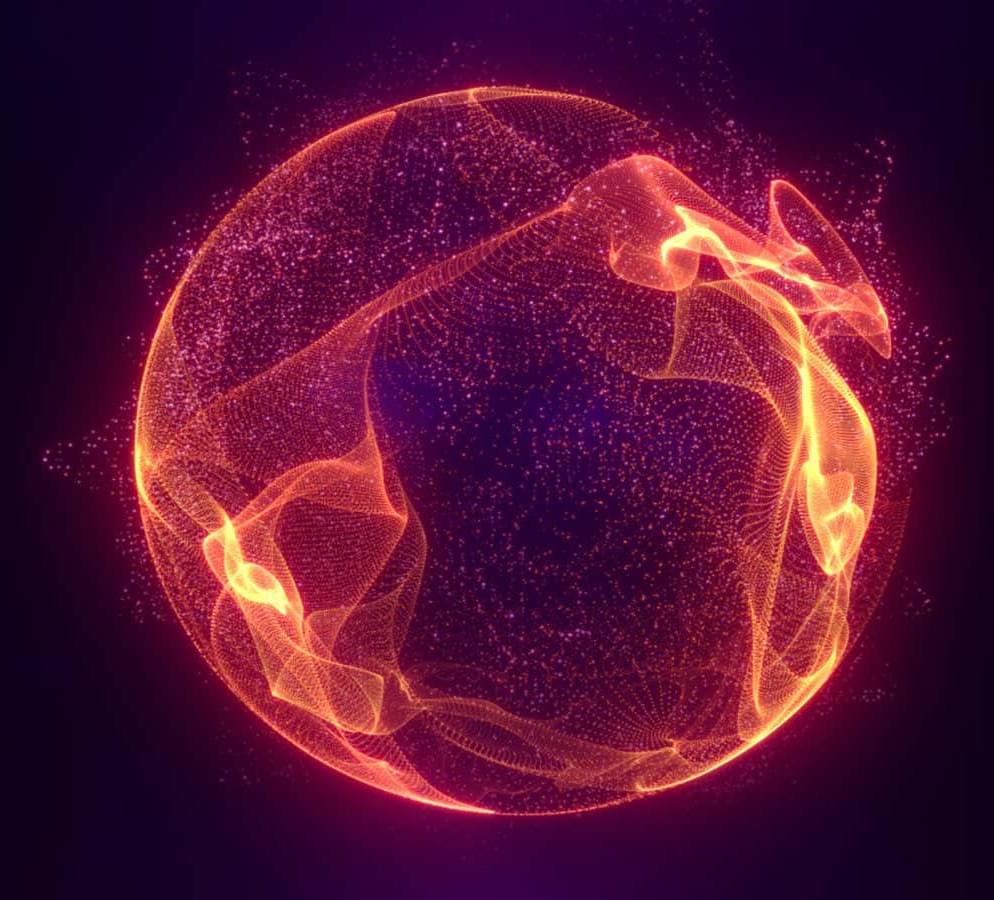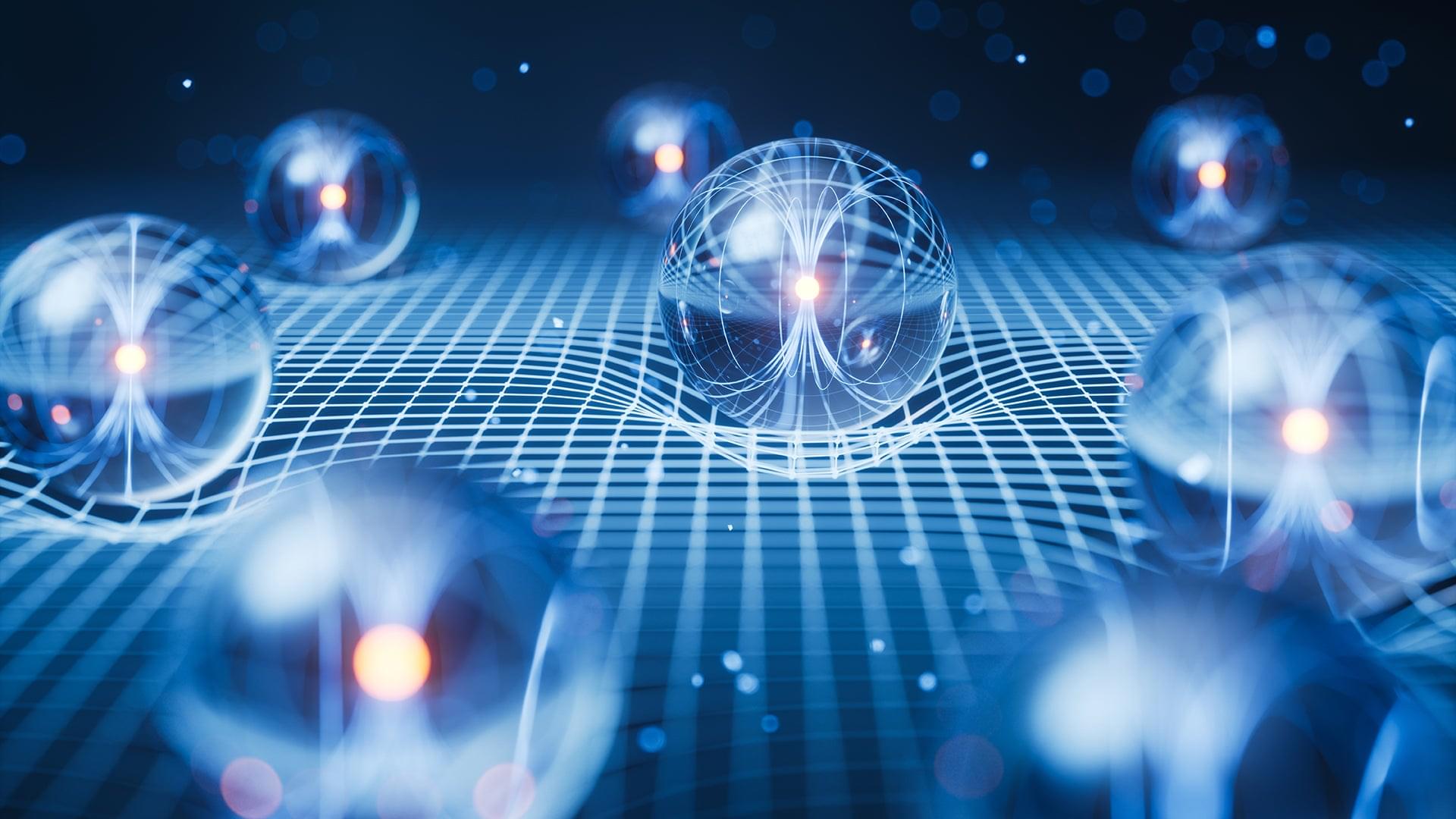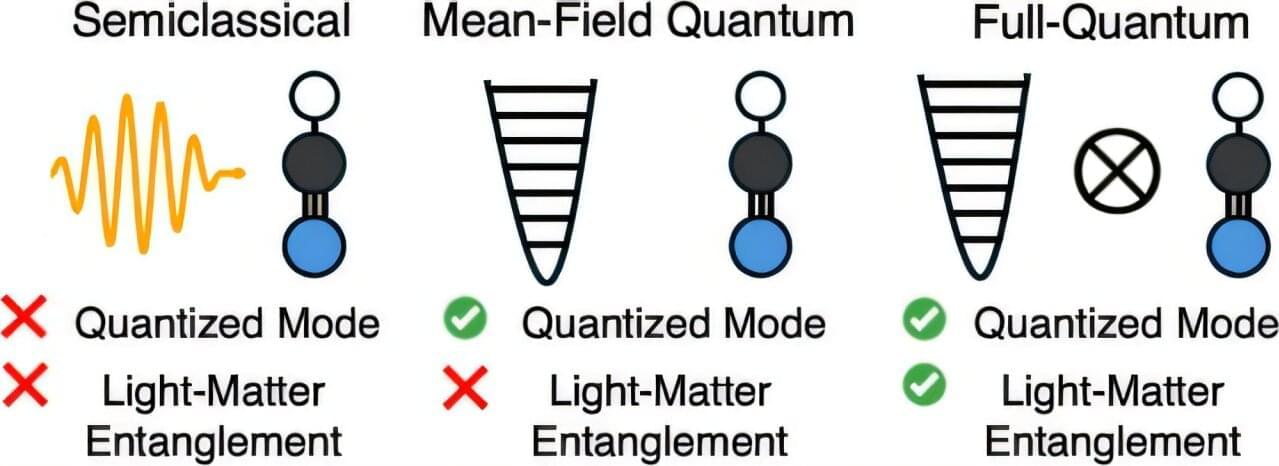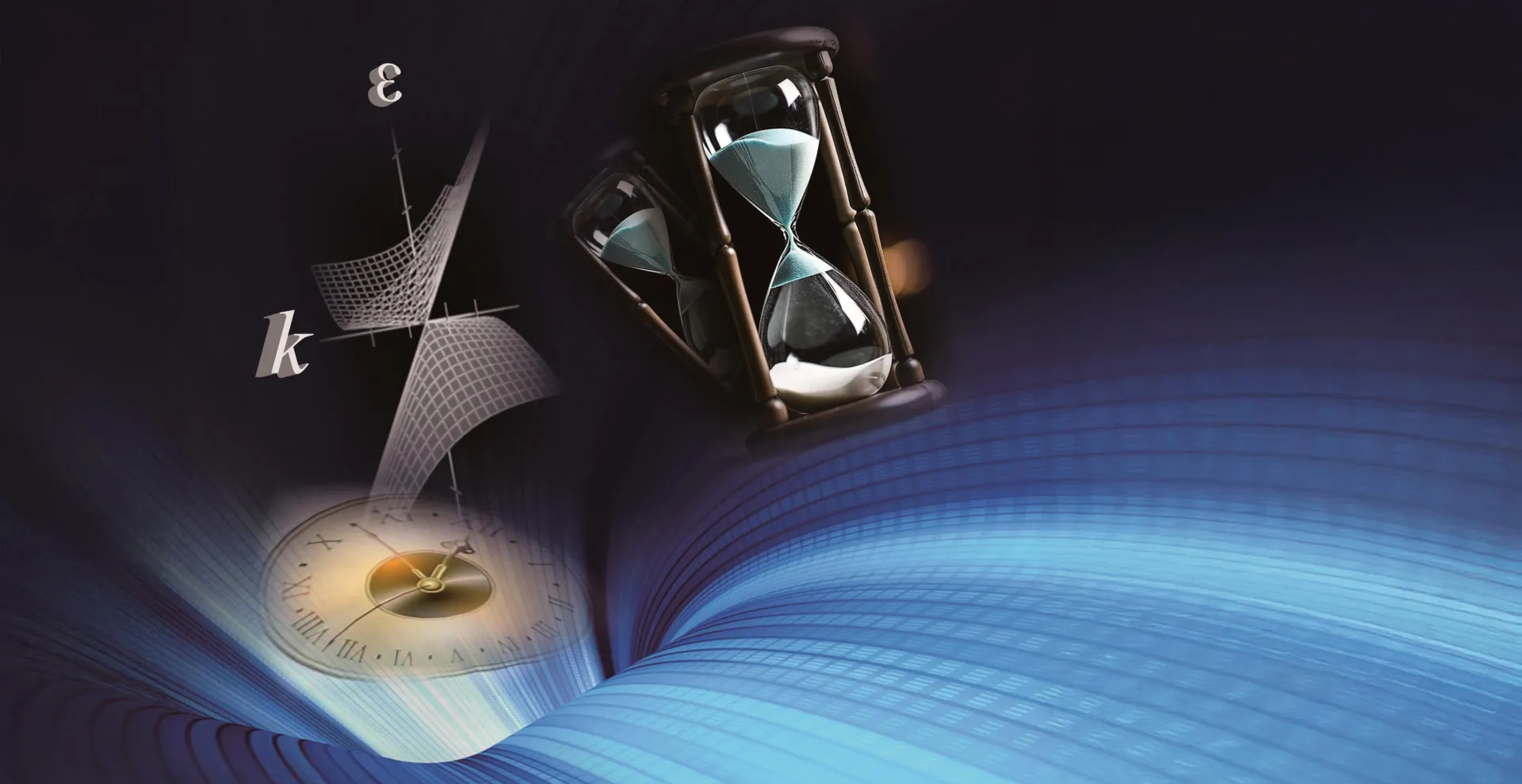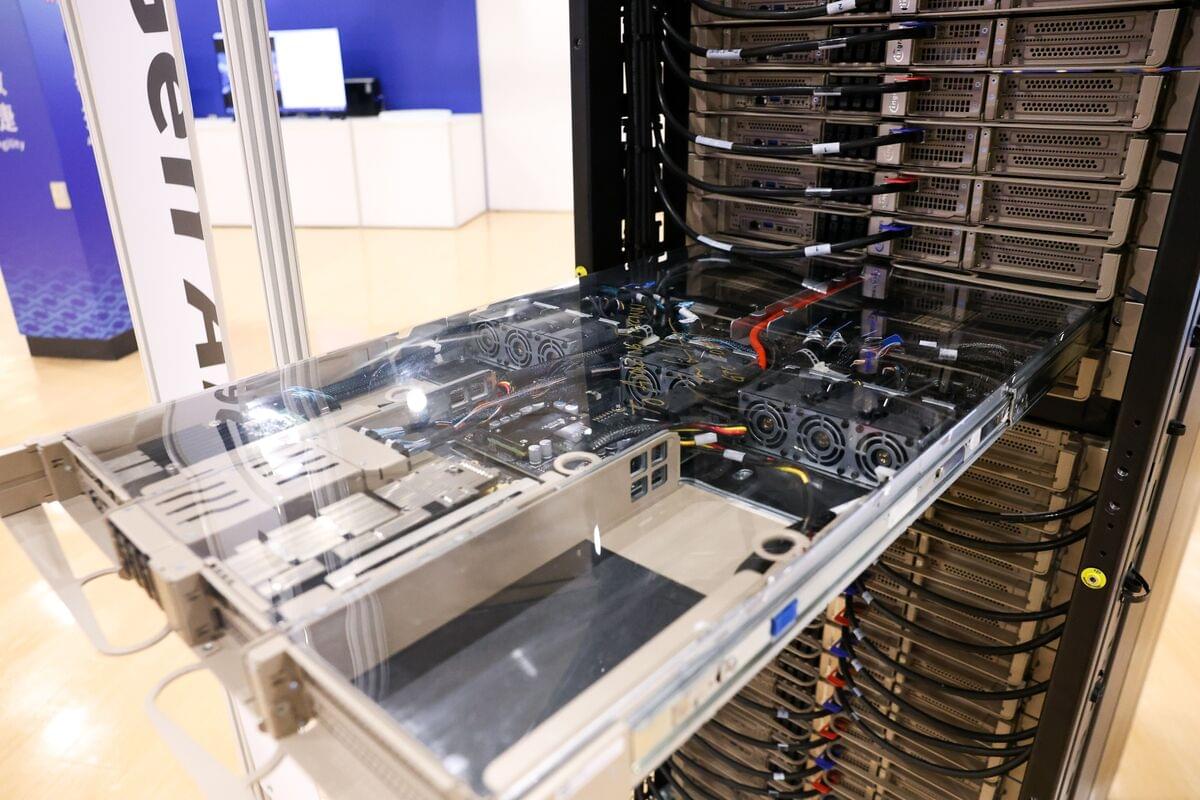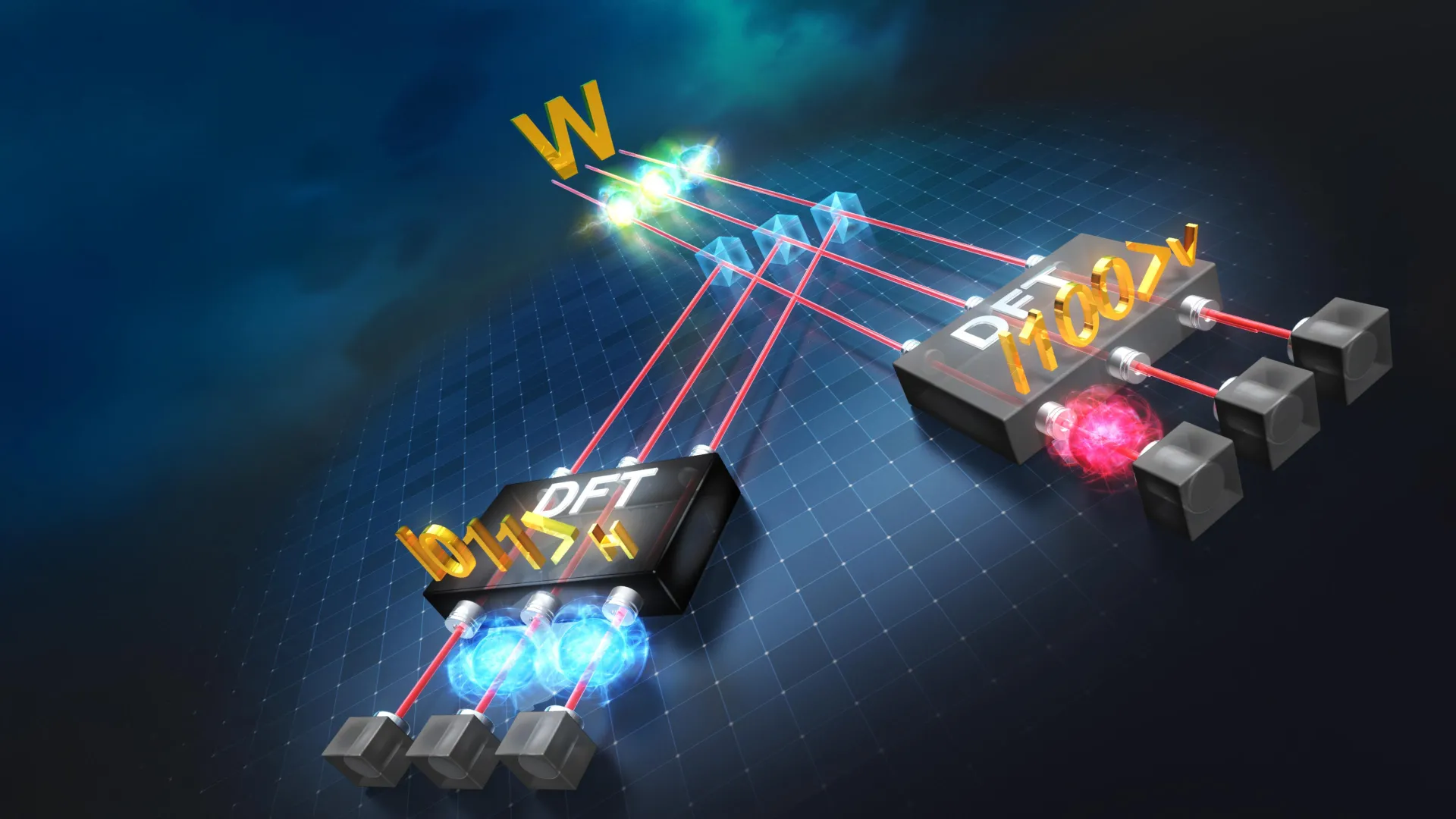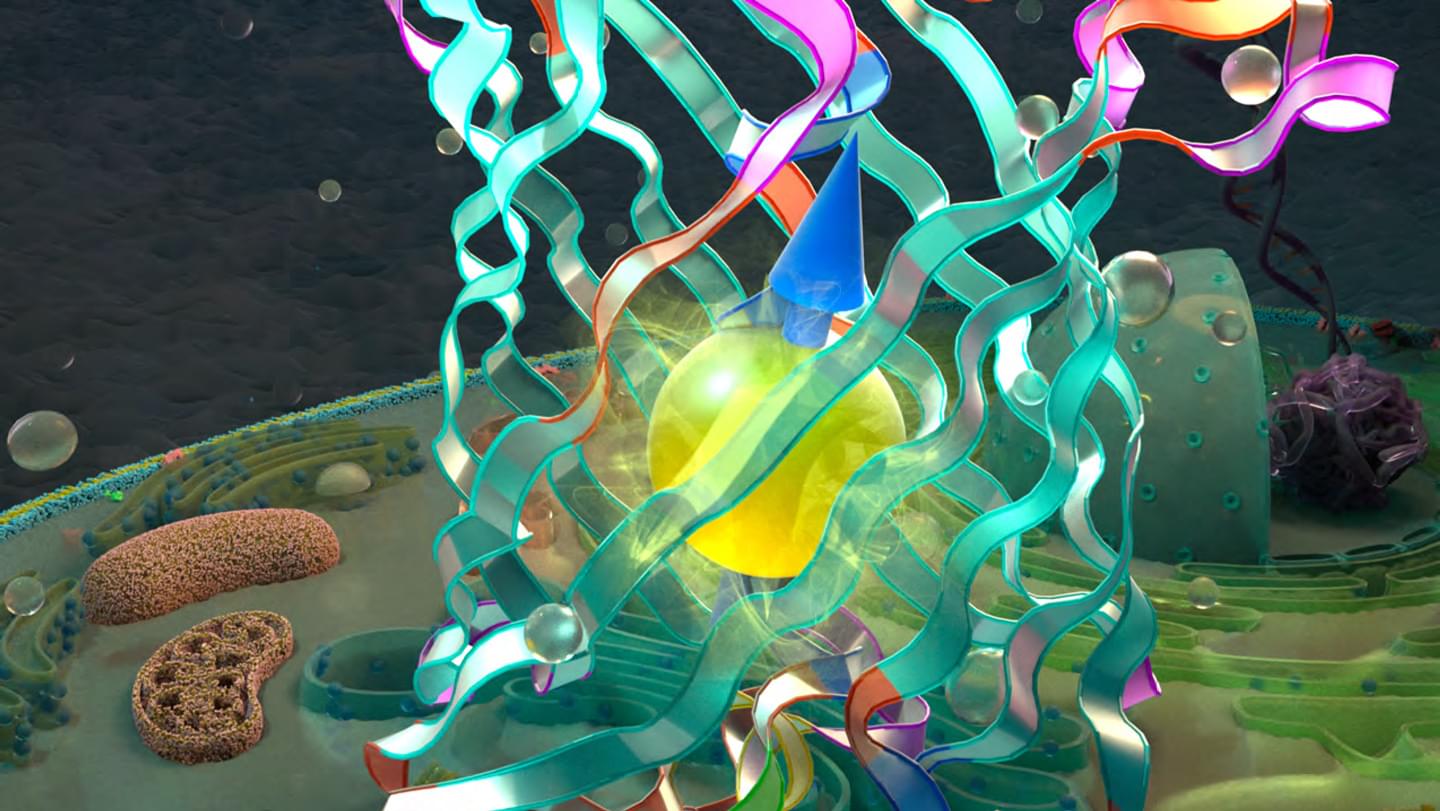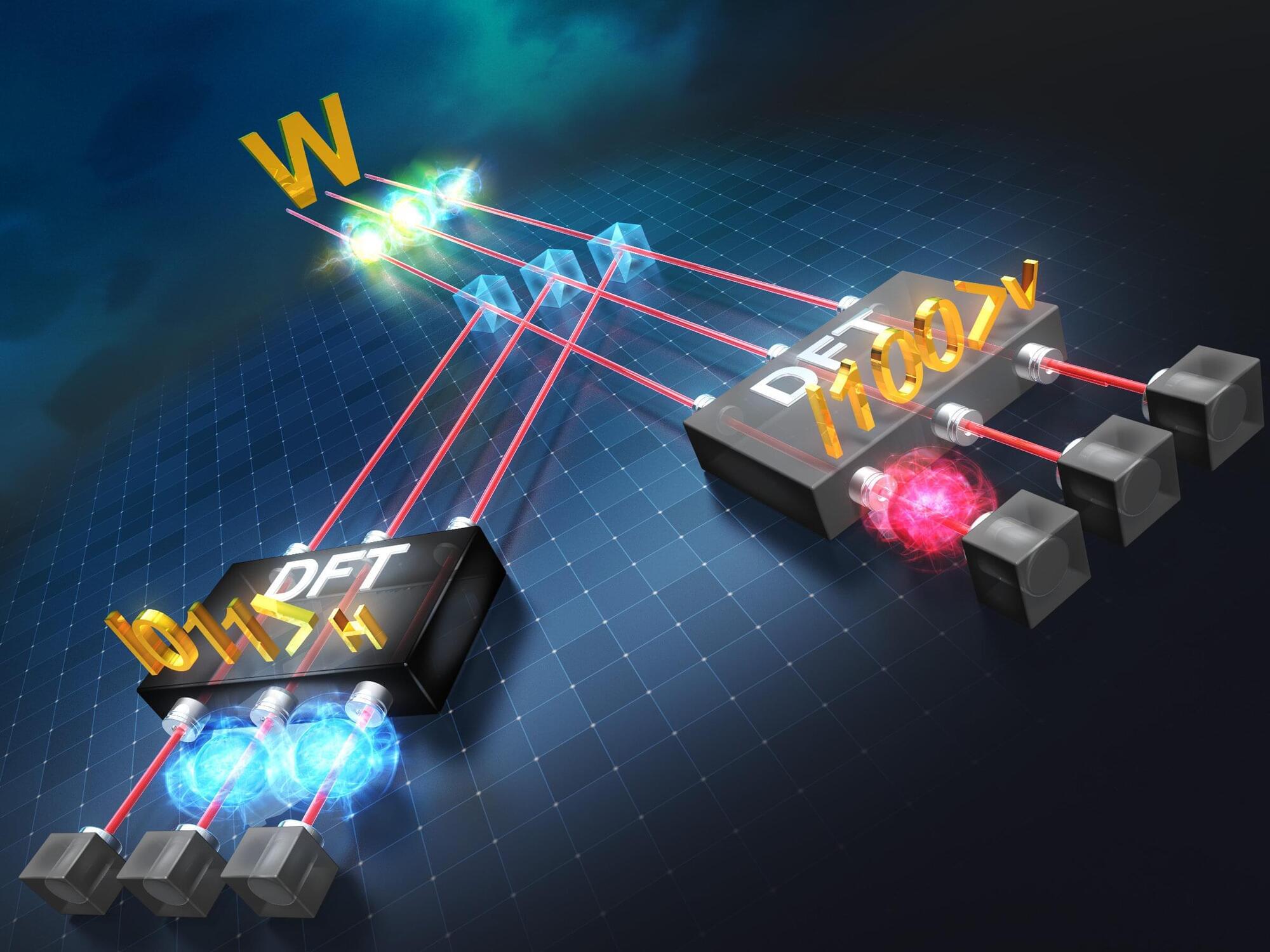Catalysts play an indispensable role in modern manufacturing. More than 80% of all manufactured products, from pharmaceuticals to plastics, rely on catalytic processes at some stage of production. Transition metals, in particular, stand out as highly effective catalysts because their partially filled d-orbitals allow them to easily exchange electrons with other molecules. This very property, however, makes them challenging to model accurately, requiring precise descriptions of their electronic structure.
Designing efficient transition-metal catalysts that can perform under realistic conditions requires more than a static snapshot of a reaction. Instead, we need to capture the dynamic picture—how molecules move and interact at different temperatures and pressures, where atomic motion fundamentally shapes catalytic performance.
To meet this challenge, the lab of Prof. Laura Gagliardi at the University of Chicago Pritzker School of Molecular Engineering (UChicago PME) and Chemistry Department has developed a powerful new tool that harnesses electronic structure theories and machine learning to simulate transition metal catalytic dynamics with both accuracy and speed.


